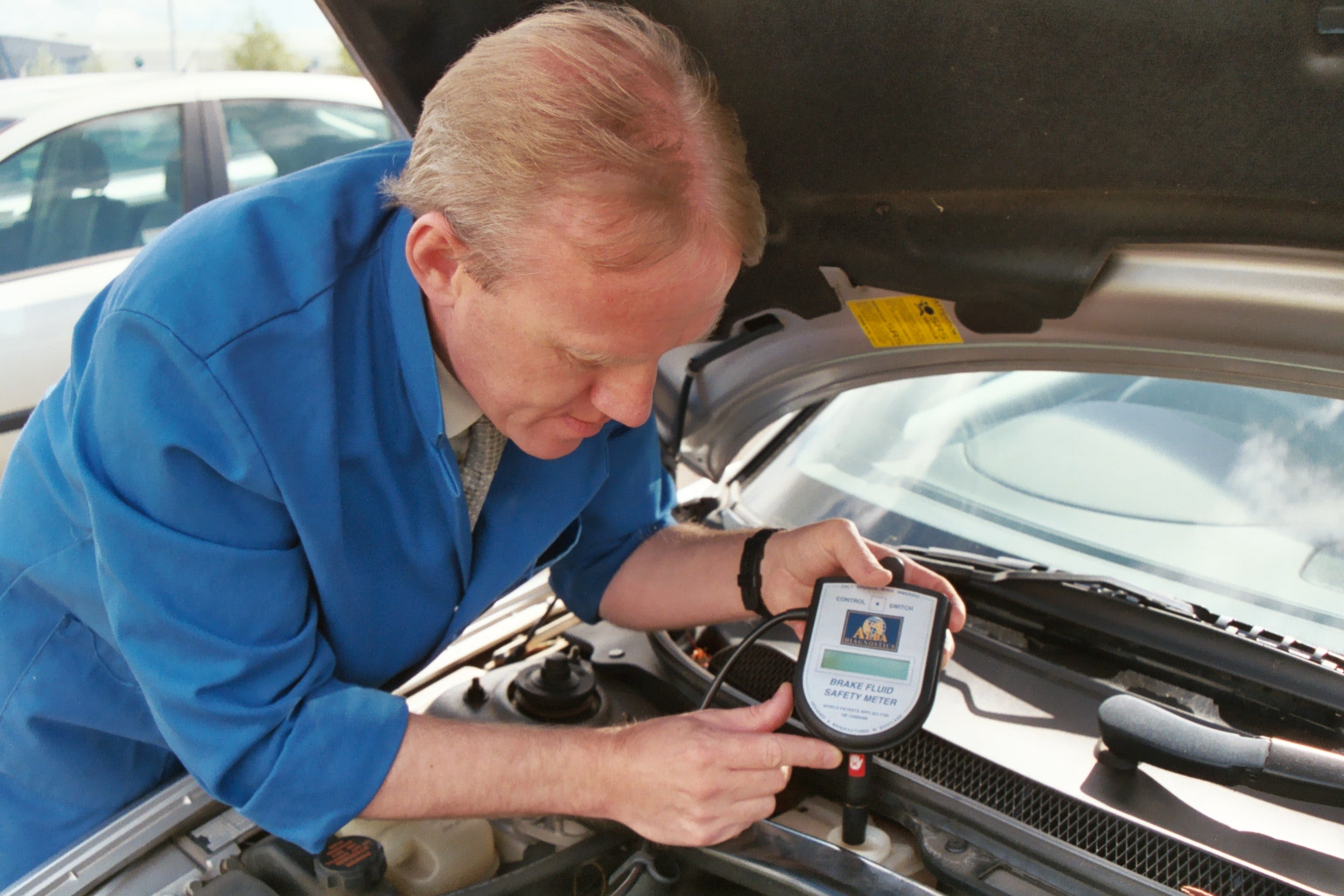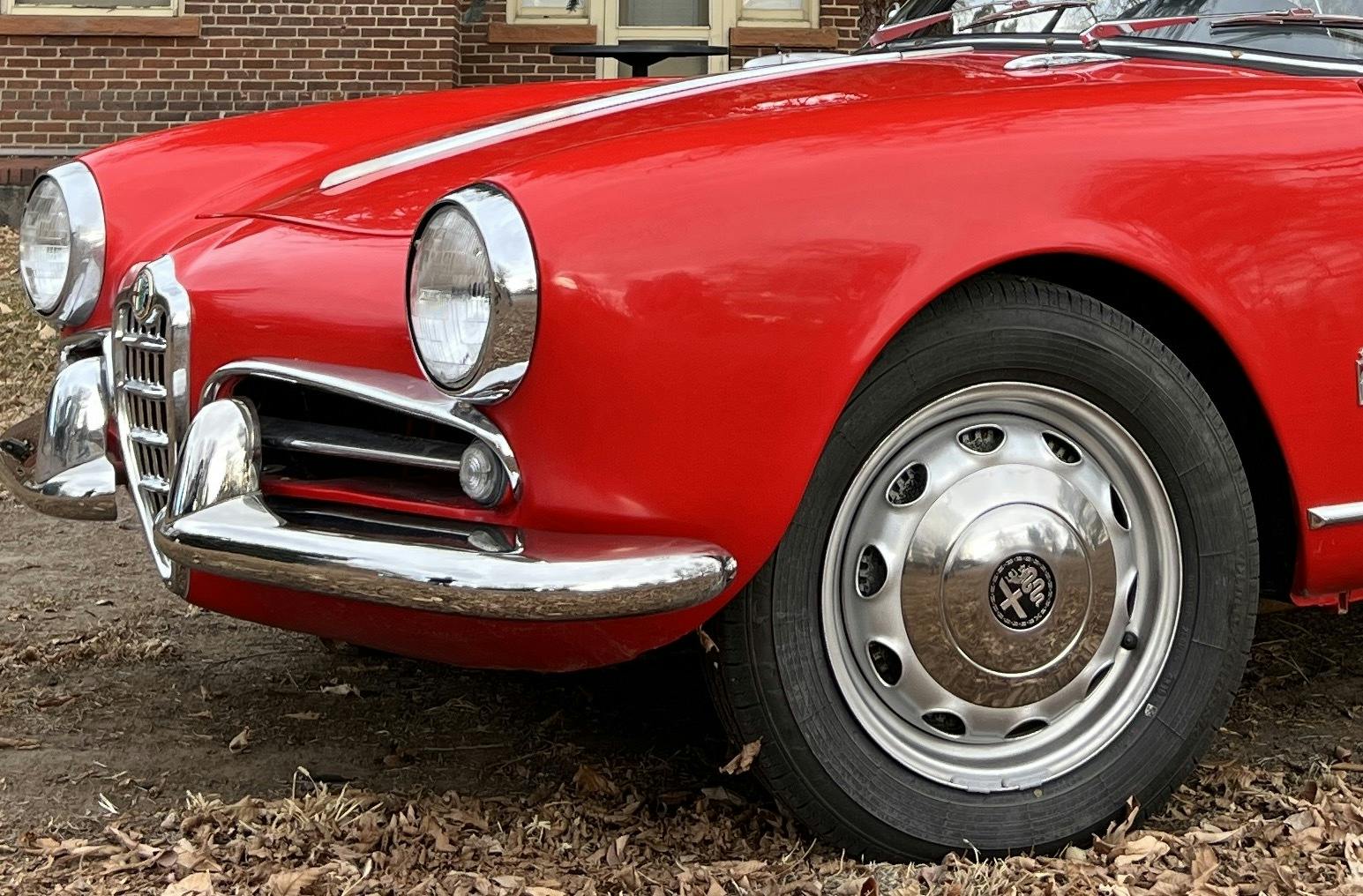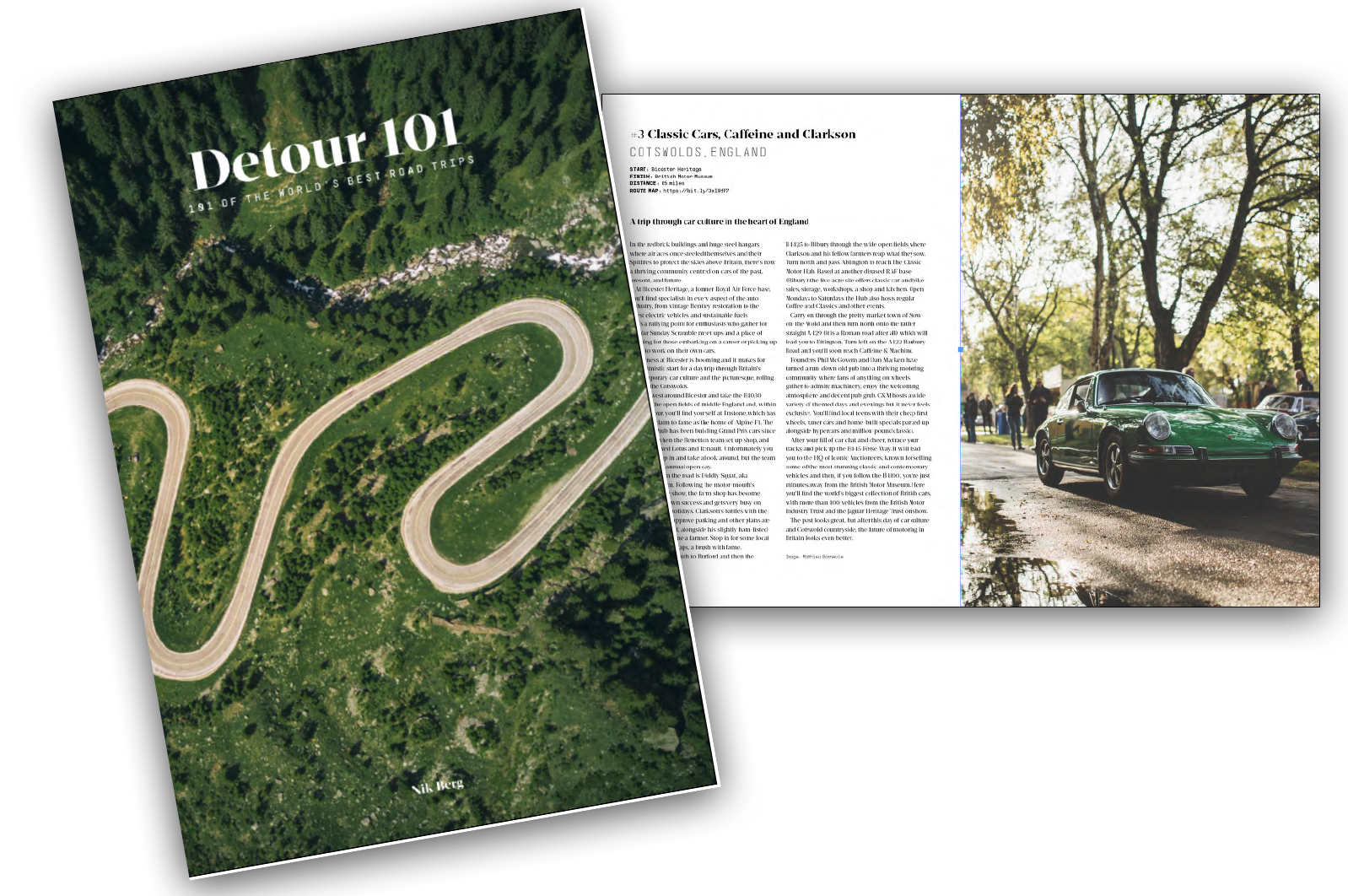Jesse Crosse started as a motoring hack in 1982, was launch editor of Performance Car magazine and signed up an unheard writer called Jeremy Clarkson. He now writes about automotive technology, and spends his time restoring a pair of fast Fords, a 1968 GT390 Mustang fastback, and the same Ford Sierra Cosworth long-term test car he ran while editor of Performance Car. Here he shares tech tips for the have-a-go DIY car enthusiast.
Spring is here, salt has disappeared from UK roads and if you haven’t already, you’ll be taking to the roads in your cherished car. One important aspect of running a classic or enthusiast car, whether it be all year or laid up for those salty winter months, is the condition of the braking system and especially the brake fluid.
Most car enthusiasts will be aware of the recommendations around changing brake fluid over defined time periods. Some may choose to go their own way and have such maintenance done when it suits them and their budget. A few may be completely ignorant of the need to change brake fluid – and the dangers in failing to refresh it. Fewer still may well have experienced the chilling moment that their brake pedal felt soft and went to the floor, as their car’s brake fluid overheated – more likely than not because it was old and had absorbed water.

Before we get into the detail of why brake fluid overheats, let’s cover off the basics. A hydraulic braking system allows the force applied to the brake pedal to be multiplied at the brake cylinder or calliper pistons. When the driver presses the brake pedal, the master brake cylinder displaces hydraulic fluid which moves the pistons in callipers or wheel cylinders and applies the brakes. Unlike gas or air, fluid can’t be compressed which is why brake systems in good working order have that nice, solid pedal feel. If any air or gas gets into the hydraulic braking system, then the brake pedal feels spongy and brake response and effectiveness will be reduced. It can also make the brakes pull the car from one side to the other if for example, air has entered one wheel cylinder and not another. The symptoms are fixed by bleeding the brake system to get rid of any air.
Most types of brake fluid and certainly the kind used in classics, are glycol based and hygroscopic, which means they absorb water at the rate of around two per cent per year. That causes two things to happen. The first is that the boiling point of the fluid falls dramatically and if brake fluid boils due to high temperatures under heavy braking, gas bubbles form in the fluid causing that spongy pedal and erratic braking performance. The second scenario is corrosion, and it is likely to be a bigger problem, especially if the car has been laid up over winter or even longer, with little or no use of the brakes.

Standard brake fluid isn’t that expensive so it doesn’t pay to take the view “if it ain’t broke, don’t mend it.” Better to keep the brake fluid fresh in a classic because it will help preserve the internals of the braking system. Bleeding the system through and refreshing the brake fluid as part of the Spring fettling session is a good idea, even if the car doesn’t cover many miles annually – using only new fluid, not a bottle opened once upon a time and left lying around in the garage. Vehicle manufacturers typically recommend changing the fluid every two or three years, something you can check in the vehicle handbook or – if it’s missing – with the manufacturer or, for older vehicles, by asking an owner’s club for technical advice.
The types of brake fluid out there are DOT 3, DOT 4, DOT 5 and DOT 5.1. You might be wondering who or what DOT is; it is the rating given by America’s Society of Automotive Engineers and the Department of Transportation. All except DOT 5 are glycol based and compatible with one another but DOT 5 is silicon based, so it’s incompatible with the others and requires a braking system designed to use it. The variety you’re likely to encounter in most high street stores is DOT 4. Its boiling point is higher than the older DOT 3 while DOT 5.1 has a higher wet boiling point than DOT 4.
What is wet boiling point? It’s the boiling point of fluid that has absorbed 3.7 per cent or more of water. And this is the scary bit. In all cases the boiling point of brake fluid is significantly lowered in its “wet” state, compared to its “dry” state (fresh and just opened). For example, the minimum dry boiling point of DOT 4 fluid is 230°C whereas the minimum wet boiling point allowed is 180°C.
If you’re driving your car in any competition events, such as rallying, racing or speed events, or track days in a modern classic, then DOT 5.1 has the highest boiling point at 260°C dry, but the best option if brakes are reaching track temperatures is to use a dedicated racing brake fluid, such as Millers Oils Racing Brake Fluid Plus (or similar) which has a boiling point of over 310°C dry. Both DOT 5.1 and racing fluids are compatible with DOT 3 and DOT 4, but if upgrading, it’s important to bleed the system thoroughly to get rid of all the lower boiling point fluid your system was previously filled with. Racing brake fluids are extremely expensive though, so don’t be tempted to use it because “it’s the best.” It isn’t any better for everyday driving on the road and you would just be wasting money.
In my next column, we’ll look at how to bleed brakes to remove air or replace the brake fluid, a task that anyone with an appetite for DIY can accomplish.
The Revival Guide: How to get your classic car ready for the road










Glycol brake fluids are hygroscopic not hydroscopic.
Super DOT 4 has the highest dry boiling point of glycol based fluids, around 300 c.
No mention (yet?) of the use of silicon (Dot 5) brake fluid including the for’s and against’s. Lots of conflicting advice out there!
I’ve been using it for many years in several vehicles with no issues. Non hygroscopic!